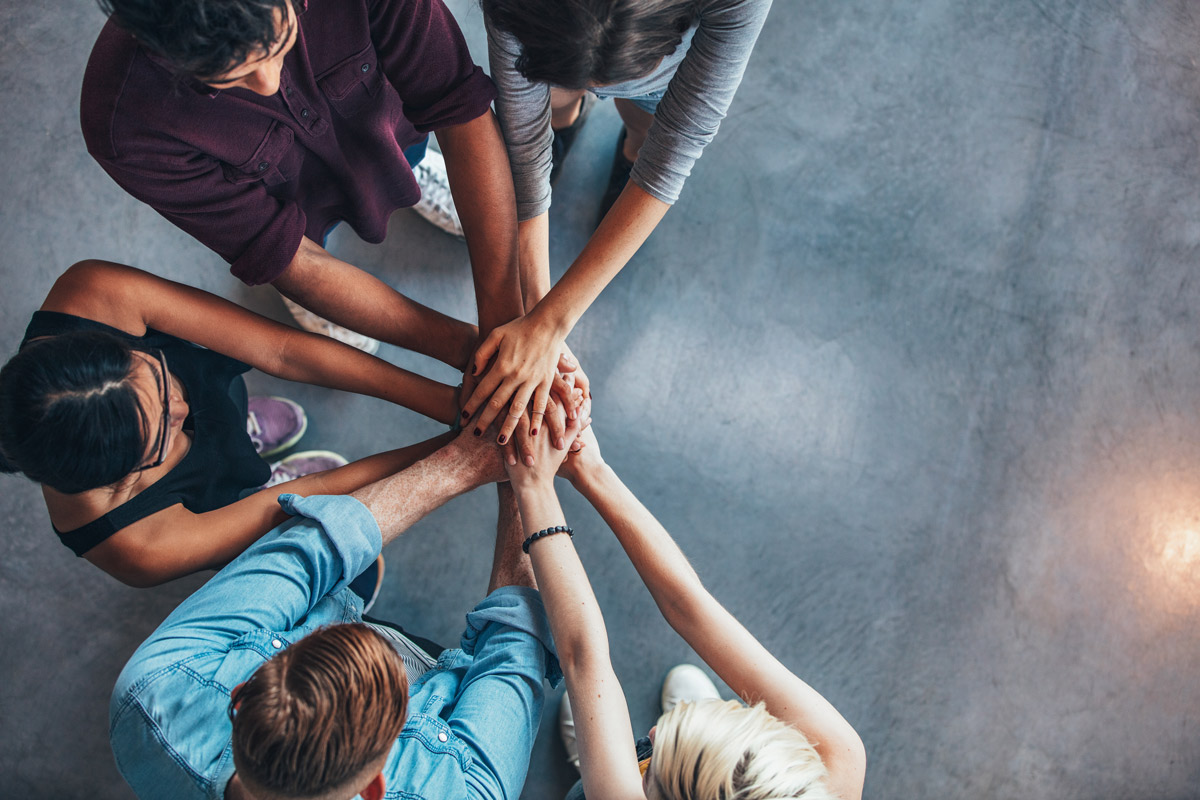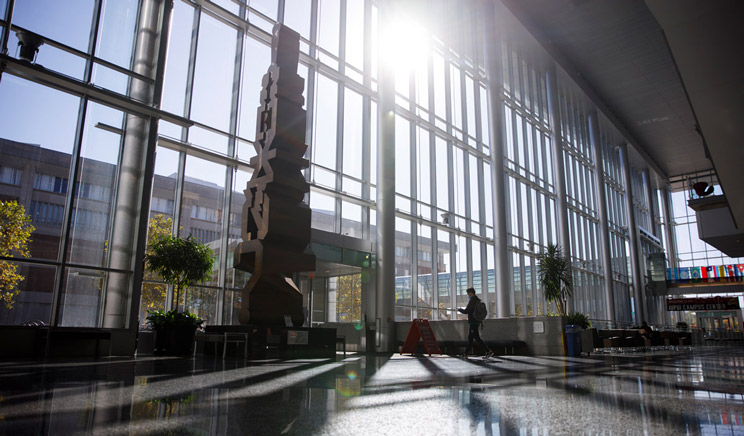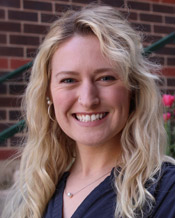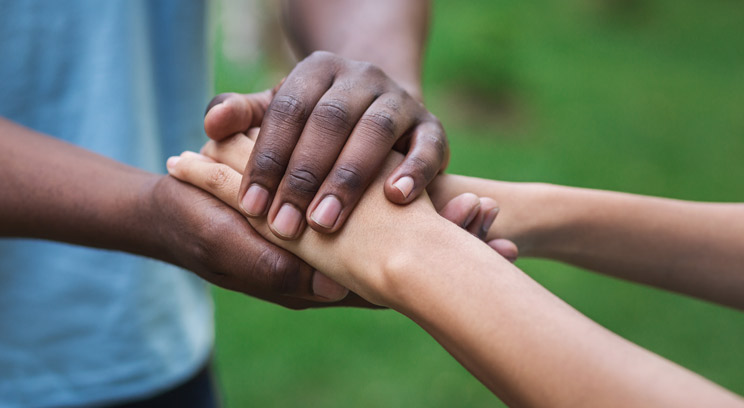We are returning to campus, working, learning, discovering—to some semblance of an earlier routine, and again sharing space with others. But it is not the spaces that we have missed; it is community. Communities often need spaces to thrive, but they are about much more than the places that help define them.
We have missed the fullness of community during our pandemic isolation. Perhaps this is why there has been so much attention to giving to communities, and with communities.
We seem to appreciate the value of communities better as the pandemic has made us more aware of their importance while also revealing their vulnerabilities. We have seen a surge of mutual aid efforts, community foundation funds, and all manner of innovations that just a couple of years ago might have been seen as inadequately systematic, unlikely to scale, or unprepared to absorb significant resources.
Just consider our research on philanthropy’s response to COVID-19, Professor Tyrone Freeman’s assessment of MacKenzie Scott’s giving to the HBCU community in historical context, and the forthcoming release of new research on Donors of Color.
The idea of community plays a fundamental role in the scholarship we have used to understand the evolution of our societies, and it has played an often underappreciated role as a counterbalance to large scale systemic and policy changes that modernize countries.
Like democracy or freedom or justice, community also is one of those contested concepts that can be wooly and difficult to pin down, but it is still one that we cannot do without.
Generally, community describes something that is like an extended family where each of us is known as a unique person with special characteristics, not just as a bearer of impersonal rights and responsibilities that come, for example, with being a citizen.
Some notion of community is so widely accepted and generally valued that the word is used unproblematically even by our polarized political tribes. One could say that most people love the idea of community, though we likely think of very different communities when we name ones we cherish.
Even Facebook and other social media giants contend that their vast global networks create value because they support communities, calling the rules they use to regulate online conduct “community standards.”
Even more expansive is the term “international community,” which refers to understandings in international affairs we share by virtue of being members of humankind. And during disasters that expose far-off strangers to perils that highlight our common humanity, that connection makes itself evident in the humanitarian impulse to help.
When we use the word community, we usually also imply that there is something positive going on. People are participating; they are being seen, their voice is making a difference, and they belong meaningfully. However, authoritarian, hierarchical communities do little of this as they perpetuate rigid differences in power and promote exclusion, reflecting the reality of a “bad civil society.”
Forewarned that we should beware of sneaking in good feelings when we describe communities, we should also note that community is usually small enough in scale so that each person knows others, and is known in turn, personally. There is at least potential in the scale of a community to participate meaningfully in ways that shape how one is seen by those who matter to us.
Consider the small-scale intimacy of a classroom community as one of the most effective ways of learning. It is precisely because when a classroom serves as community, it is personally immersive, including the fact that our minds and bodies are in the same space, coming to understand knowledge through a collaborative process not unlike the one through which knowledge is created. That sitting still may not be the best way to discover together should make us wonder why we regiment our bodies so.
A seminar of 20 students provides an opportunity for much more meaningful engagement with the instructor and fellow students than a lecture hall with a hundred or more students, though being with others and seeing how their faces and bodies respond to what is happening is probably not without value.
Online we have the technical capacity to accommodate tens of thousands of students in a course conducted asynchronously. Where is the community? There are social media-like features to enable interactivity, and the best ones may be those that give learners insights into how others are experiencing the same material.
When faces of a class are together on one screen, we can approximate being in the same space. Often the convenience of not having to hurl ourselves through space on wheeled and winged contraptions is worth missing some of the elements of being embodied together.
Some think that this will be our new normal, as cost and climate impact lead us to be more deliberate about our trips. I will choose my trips based on whether they are needed to advance significant relationships that add value to the communities I care about.
We relish the return to campus because of community. Our small, intimate “family-sized” school is part of a great public institution, the kind that educates the vast majority of Americans. It harbors and nurtures a veritable hive of communities—of scholars, students, staff, alumni and friends.
If the intimacy of a small liberal arts college reflects the promise of an education that opens the mind and embraces the person, what often gets obscured at larger universities is that they succeed because they contain a treasury of communities. Systems and processes are key to gathering so many people together, but it is their contributions to community, not the brute fact of scale, that makes them important.
It is through smaller communities, like majors and social clubs, that students discover what they will contribute to society. At the same time, scholars advance the frontiers of knowledge through disciplinary and interdisciplinary communities of discovery that span the campus and the globe. They are joined by those who dedicate their work to the institution so it can preserve the many dimensions of communal life on campus for both current and future generations.
Our public universities succeed not because they deliver knowledge at scale but because they nurture a great diversity of communities that facilitate learning and discovery as they feed off the possibilities that emerge from their proximity to each other.
As you see, we expect a lot from community, which at the end of the day is made up of individuals who bind themselves to each other. Sometimes, for good reason, we worry that communities can limit individual freedom and constrain choice. But as I return to the communities I have missed, I will appreciate how I have been shaped by them and ask myself how I can help them thrive.
My treasured communities have presented me with choices I would not have had without them. And that is what our school’s community strives to provide to all who join us.
Best regards,

Amir Pasic
Eugene R. Tempel Dean




 Returning to campus is something many of us dreamed of, myself included. Freshmen dreamed of stepping onto campus for their first official class and graduates dreamed of having an in-person graduation to celebrate with loved ones. Unprecedented times led all those dreams to take a back seat while we as students did the best
Returning to campus is something many of us dreamed of, myself included. Freshmen dreamed of stepping onto campus for their first official class and graduates dreamed of having an in-person graduation to celebrate with loved ones. Unprecedented times led all those dreams to take a back seat while we as students did the best 